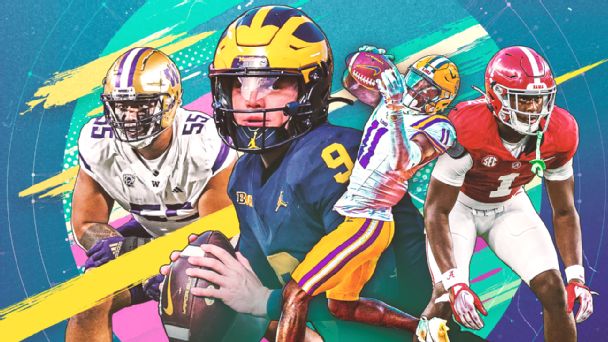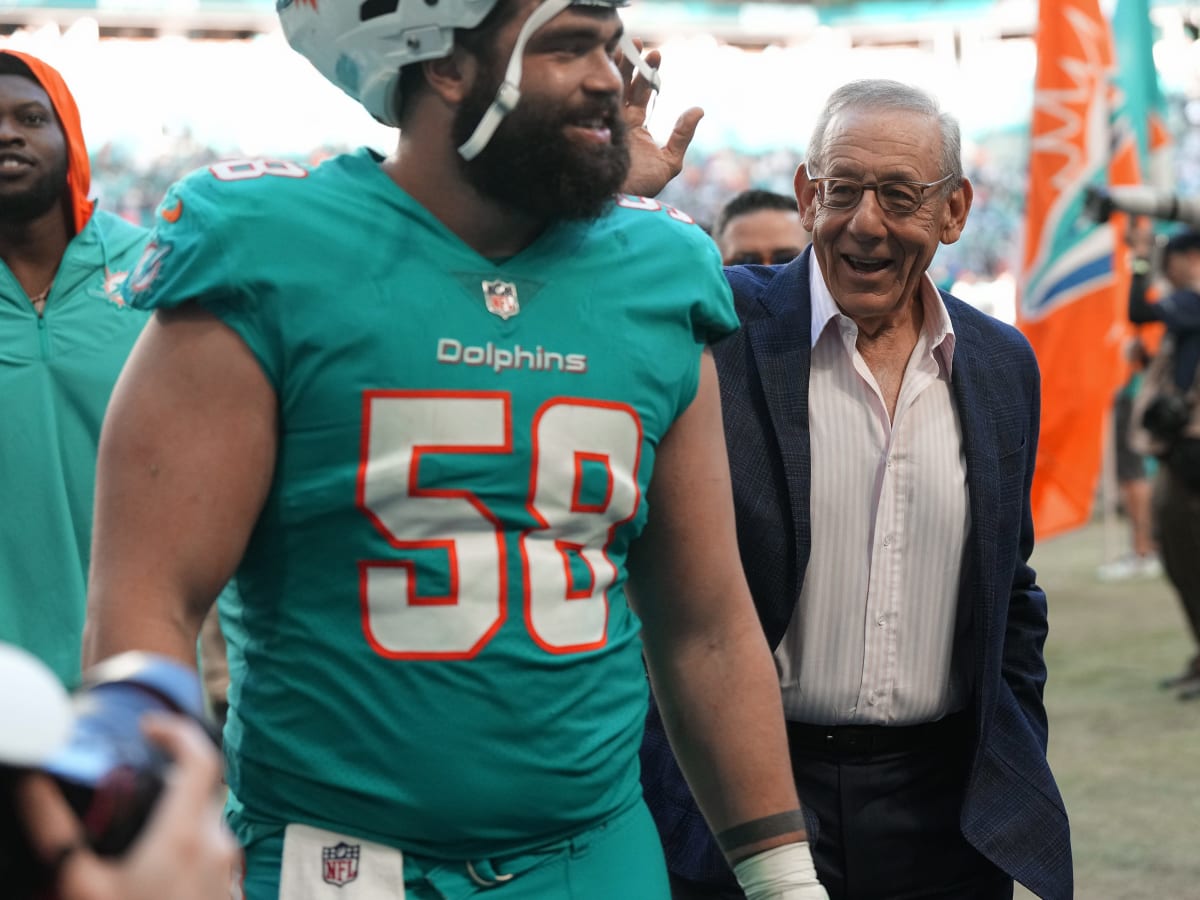“Inside NFL Locker Rooms: The Food Divide Among Teams”
One afternoon in June, after enduring a minicamp practice in the sweltering Florida heat, Miami Dolphins defensive tackle Zach Sieler and his teammates received some welcome news: the next day’s practice was canceled.
But the good news didn’t stop there for Sieler. As the six-year veteran wrapped up his media interviews, a Dolphins staff member informed him that gyros, one of his favorite meals, were on the lunch menu.
“It’s gyro day today?” he asked, grinning widely. “Let’s go!”
What players consume remains a critical aspect of their health and performance. Teams are increasingly focusing on both nutrition and player preferences when planning menus.
Los Angeles Rams center Steve Avila noticed that his team prioritized serving higher quality and better-tasting food this offseason, a noticeable improvement from the previous year.
“If you don’t like the food, not a lot of people will eat here,” Avila said. “I’ve been on teams in college where if the food wasn’t good, players would just go to McDonald’s or something.”
While some players can afford personal chefs and nutritionists year-round, many rely on their teams to provide these services, particularly during the season.
ESPN interviewed several teams about the best and worst NFL food programs based on the NFLPA report cards released in February. The report, derived from a survey of 1,706 players across the league, includes grades on various aspects, from head coaches to weight rooms and cafeterias. The NFLPA’s goal is to enhance working conditions for players.
Some teams provide elite-level nutrition for their players, while others fall short, according to player feedback. Although there will likely always be differences among teams in this regard, some are making efforts to balance healthy choices with player preferences.
The Cincinnati Bengals received the lowest scores for food in the survey, earning an F- in both the dietician and the food and cafeteria categories.
In 2022, Cincinnati players had to use multiple microwaves to reheat food brought from home, and Gatorade coolers served as makeshift fridges for storing lunch bags. They received an F- in nutrition that year as well.
According to a veteran player who spoke anonymously, 2022 might have been one of the team’s better years in terms of food options. When asked to compare his Power 5 college food program with the Bengals’, he said there was no comparison.
“The diversity of what we had in college was unmatched,” the player said. “We had options tailored to us, and nutritionists who could create specific plans based on our goals. Here, it’s more basic. Some guys don’t even eat at the stadium.”
READ MORE ON









